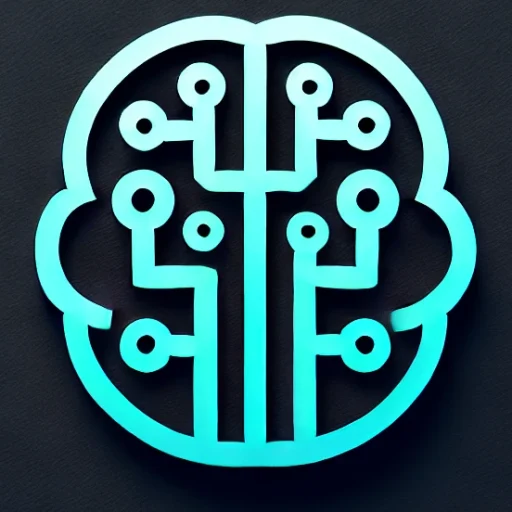
Introduction
In the ever-evolving landscape of artificial intelligence, 2023 stands out as a pivotal year with generative AI taking center stage. This subfield of AI, which involves algorithms capable of producing new content and ideas, is reshaping industries and pushing the boundaries of creativity and efficiency. From art to healthcare, generative AI is not just a tool but a transformative force redefining how we interact with technology.
Key Insights & Latest Advancements
Generative AI, driven by models like OpenAI’s GPT-3.5 and DALL-E, has seen substantial advancements. These models possess the ability to generate human-like text, produce astonishingly realistic images, and even compose music. One of the major breakthroughs is the enhanced ability of these models to understand context and nuance, making the generated outputs more coherent and relevant.
Tech giants and startups alike are racing to enhance the capabilities of generative AI. For instance, OpenAI has pushed the boundaries with the introduction of multimodal models that can process and generate content across text, image, and audio inputs. Meanwhile, Google’s DeepMind continues to make strides with its language model Chinchilla, which focuses on balancing model scale and data efficiency for robust performance.
Real-World Applications
The applications of generative AI are broad and impactful:
-
Creative Industries: Artists and designers use generative AI to create unique artworks, designs, and music tracks, expanding the horizons of digital creativity.
-
Healthcare: In medicine, these models assist in generating synthetic medical data, which is crucial for training healthcare professionals and testing new medical algorithms without compromising patient privacy.
-
Education: AI-powered content generation tools are enhancing educational material creation, providing personalized learning experiences tailored to individual student needs.
-
Business and Marketing: Automated content generation for marketing campaigns and personalized customer experiences are becoming mainstream, enabling businesses to engage with their clients more effectively.
Challenges & Future Outlook
Despite the groundbreaking potential, generative AI poses significant challenges. Ethical concerns surrounding content authenticity, intellectual property, and bias in AI outputs remain critical issues that require vigilant regulation and oversight. Furthermore, while generative AI excels in mimicking human creativity, it still lacks true understanding and intentionality.
Looking forward, the future of generative AI lies in addressing these challenges while further refining its capabilities. Innovations in neural architecture, ethical AI frameworks, and user collaboration tools are anticipated to play pivotal roles in its evolution. As these technologies mature, generative AI is likely to become more ubiquitous, seamlessly integrating into various aspects of daily life.
Conclusion
Generative AI is undeniably a cornerstone of technological advancement in 2023. By enabling machines to generate content that mirrors human creativity, it has opened new avenues for artistic expression, streamlined business operations, and enhanced personalized experiences across sectors. As the technology evolves, it is imperative to navigate its ethical implications carefully to ensure that its integration into society is beneficial and responsible.
Key takeaways: Generative AI is transforming industries by enhancing creativity and efficiency, yet challenges related to ethics and authenticity must be addressed to unlock its full potential responsibly.

